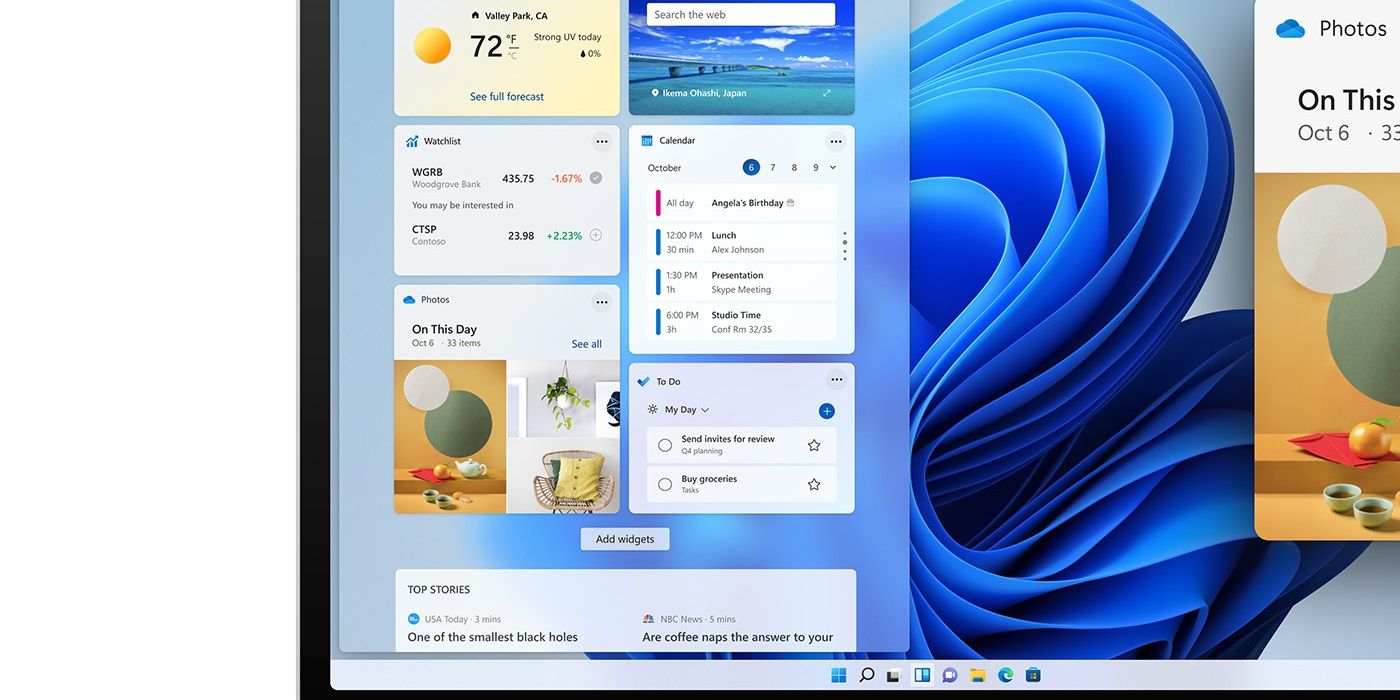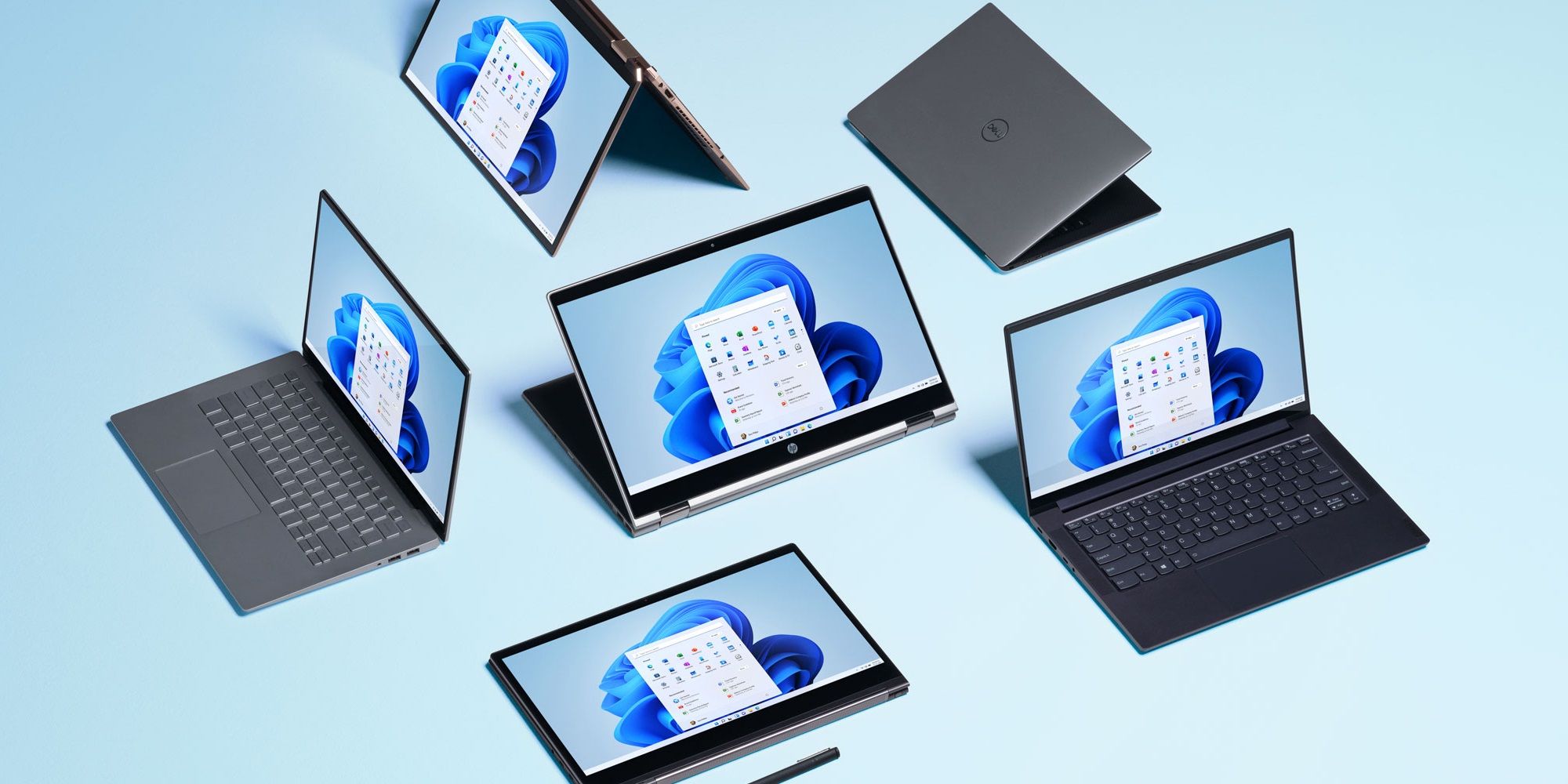The Windows 11 upgrade will be free to existing Windows 10 users, continuing a Microsoft trend that's been in effect during the last few operating system releases and upgrades. However, while Windows 10 users won’t need to pay to take advantage of all the latest features and design changes, that’s not to say all Windows 10 users will be able to update to Windows 11 to begin with. The main obstacle facing existing users will be the hardware requirements.
Microsoft announced Windows 11 at a dedicated event in June. The new update not only comes with the usual wave of new features and performance improvements, but also a new design language. The new-look Windows will additionally come with an increased focus on communications, widgets, and even some degree of Android app support. All in all, it is looking like an interesting PC and laptop upgrade.
Microsoft has not specified exactly when Windows 11 will become available to all users, outside of the vague ‘late in the year.’ Regardless of when it does arrive, Microsoft has confirmed it will be available to Windows 10 users at no additional cost. Providing a user has not enrolled in the Insider Program to test out the new features before they are available, they’ll be able to simply update their device to Windows 11 for free when the stable version begins rolling out. However, Microsoft does explain that the free upgrade will only be available to those running the most current version of Windows 10.
There Is A Windows 11 Hardware Cost
Generally speaking, most Windows 10 users shouldn’t find it too difficult to update to the latest version. Those using an older device that's been previously updated to Windows 10, or a lower-spec device in general, may run into some issues. While there are a number of hardware requirements to be aware of, the mains ones are the need for the device to be equipped with a minimum of 4GB RAM and 64GB of storage, as well as a compatible 64-bit processor. The latter chip requirement may be the most problematic for some users, as it seems as though Windows 11 is designed to specifically be for 64-bit devices. The lack of a 32-bit equivalent version will mark a first for Windows. For reference, there is also a display-related minimum requirement as well, as Windows 11 is designed to run on screens that are nine inches or larger, along with a minimum resolution of 720p (HD).
Providing the user meets all the hardware requirements then there should be very little issue with updating from Windows 10 to Windows 11 later in the year or early next year. With the upgrade arriving as a free update, and boasting plenty of new features and design changes, it is likely to be a worthwhile upgrade for any eligible Windows 10 user.
Source: Microsoft


